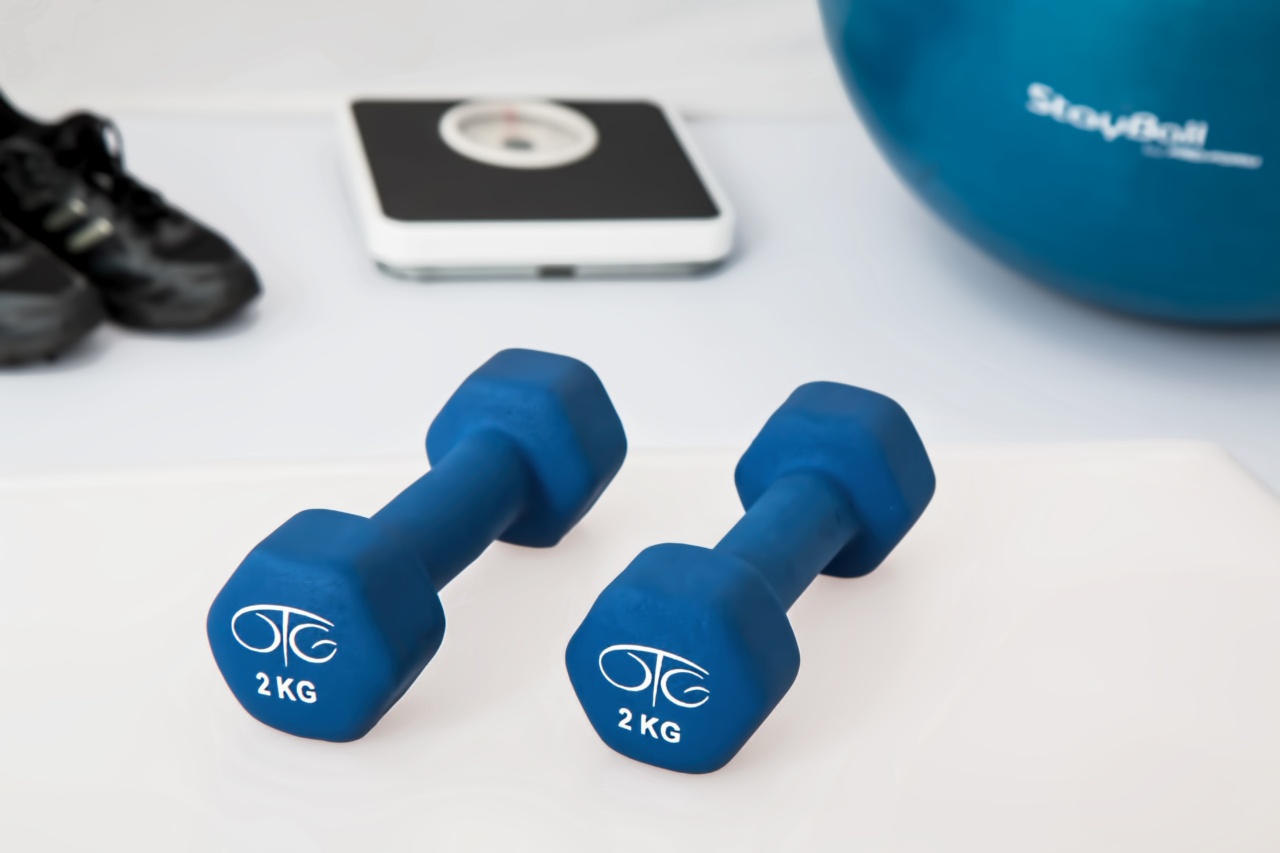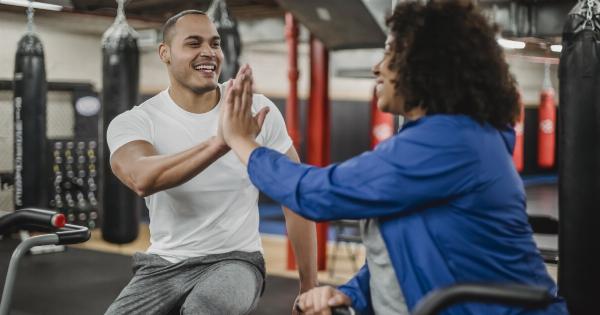Stroke is a medical emergency that occurs when the blood supply to the brain is interrupted due to a blockage or bleeding. It can lead to various disabilities and impairments like physical, sensory, and cognitive.
This is why it is essential to have effective exercise programs in stroke rehabilitation to help patients recover.
Benefits of exercise in stroke rehabilitation
Exercise plays a crucial role in stroke rehabilitation, and its effectiveness has been proven in multiple studies. Some of the benefits of exercise in stroke rehabilitation are:.
- Improves physical function and mobility
- Boosts mental health and emotional well-being
- Reduces the risk of stroke recurrence
- Enhances cardiovascular health and fitness
- Increases muscle strength and endurance
- Facilitates social interaction and support
Types of exercise programs
Stroke rehabilitation exercise programs can be tailored according to the patient’s requirements and abilities. The following are some of the common types of exercise programs for stroke rehabilitation:.
Aerobic exercise
Aerobic exercise is one of the most important types of exercise in stroke rehabilitation. It involves continuous rhythmic movements that increase heart and breathing rates. Examples of aerobic exercises include walking, cycling, dancing, and swimming.
Aerobic exercise helps improve cardiovascular health, boost endurance and stamina, and reduce the risk of cardiovascular diseases.
Strength training exercise
Strength training is another crucial exercise type in stroke rehabilitation. It helps improve muscle strength, tone, and endurance, which are essential for daily living activities.
Strength training exercises include lifting weights, using resistance bands, and bodyweight exercises like push-ups and squats.
Flexibility exercise
Flexibility exercise is also essential in stroke rehabilitation. It helps improve range of motion, reduce muscle stiffness and soreness, and enhance posture. Flexibility exercises include stretching, yoga, and Pilates.
Balance exercise
Balance is a crucial component of physical function, and stroke patients often struggle with balance impairments. Balance exercise helps improve balance and prevent falls.
Examples of balance exercises include standing on one leg, walking on different surfaces, and using balance boards.
Cognitive exercise
Cognitive exercises are essential for stroke patients with cognitive impairments like memory loss, attention, and perception. Cognitive exercise includes problem-solving activities, memory games, and puzzle solving.
These exercises help enhance cognitive function and promote brain plasticity.
Adaptive exercise equipment and technologies
Stroke patients often have specific needs and requirements due to their impairments. Fortunately, there are several adaptive exercise equipment and technologies available to help meet those needs.
Some of the common adaptive exercise equipment and technologies include:.
- Standing frames
- Assistive walking devices like canes, walkers, and crutches
- Treadmills with handrails for balance support
- Virtual reality systems for cognitive and motor rehabilitation
- Functional electrical stimulation (FES) systems for muscle stimulation and control
Important tips for stroke rehabilitation exercise programs
Stroke rehabilitation exercise programs can be challenging for patients, but they are essential for recovery. Here are some important tips for stroke rehabilitation exercise programs:.
- Start slowly and gradually increase the intensity and duration of exercise
- Work with a healthcare professional to create a tailored exercise program
- Choose the right type of exercise that suits the patient’s needs and abilities
- Ensure proper warm-up and cool-down before and after exercise sessions
- Practice exercises in a safe and secure environment
- Include social support and encouragement from family and friends
Conclusion
Exercise is an essential component of stroke rehabilitation, and it helps improve physical and mental health, enhance cardiovascular health, and promote overall well-being.
Stroke rehabilitation exercise programs can be tailored according to the patient’s impairment and requirements, and there are several adaptive exercise equipment and technologies available to meet those needs. Remember to work with healthcare professionals and follow important exercise program tips for a successful stroke rehabilitation journey.




























